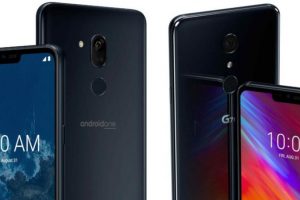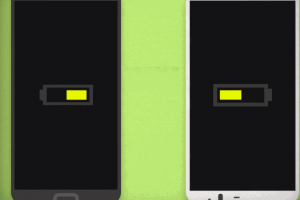Yes, of course pixels matter but not pixels alone. The pixel count which is undeniably the most advertised part of a smartphone camera only tells half of the story. Written in megapixels (MP), this denotes a million pixels in the sense that 8MP means 8 million pixels. Basically, pixels are those several tiny dots that make up your image or video. They are so much and cramped up together that it is nearly impossible to make out each pixel. No denying that higher pixels mean more details and a somewhat sharper image. Nonetheless, there are several other factors to consider when talking about cameras on a smartphone. Some smartphones like the new Xiaomi Redmi Note 7 that costs below $200 with a 48MP camera makes you wonder just if pixels is all that makes a good camera. Here are some of the things to consider when checking a smartphone camera.
SEE: Huawei Nova 4 Is The First Smartphone With 48MP Camera
Pixel Count
There are several cases where the pixels count or how many pixels is said to be on your smartphone is interpolated. This is bumping up your pixel count using software instead of having such on the camera itself. Pixel count is the ultimate decisive factor in terms of resolution which translates to getting
Practical Use
More pixels help well in digital zooming where the pixel is reduced as the user zoom in to the subject. For instance, snapping your friend downstairs from two stories up with a 12MP camera gives an image of 4200×2800 pixels resolution. A digital zoom-in on your smartphone would let’s say cut it off to like 3264 x 2468 pixels (8MP) to focus on your friend more. This will cut down on your resolution and the difference will be much more visible when you’re zooming in from like 5MP to 2MP leading to a blurred image.
This is the reason most back cameras have more pixel than your typical front camera. Your face which is often the subject with your front camera is closer, hence, the lesser pixel. On the contrary, what you’re snapping with your back camera is usually farther making the pixel count higher on that side. Some of the best camera smartphones like Google Pixels 3 XL or iPhone XS Max don’t even have a high pixel count which proves that there is more to a camera than the number of pixels present. Pixels is measured in micrometer (µm) and is usually bigger in small pixels camera measuring like 1.4µm and smaller in larger pixels camera like in the 48MP Xiaomi Redmi Note 7 rear camera with 0.8µm sized pixels.
Lens
This is another critical point in smartphone camera that is ignored by most. While Nokia boasts of its Zeiss lens and Huawei sides with Leica in their flagships camera, both undeniably one of the best around. Most people don’t even know what that means. The Lens is the entry point of light bouncing off the image you’re capturing. The better the lens, the better the quality of light that is registered by your sensor which ends up as the image you get. You’ve also got the Lens Aperture which decides how much light pass through the lens. The bigger the aperture, the more light the lens lets through and more details the sensor is able to capture. High-end smartphones usually have a large aperture on their primary shooter to give a more detailed shot and also helps in low light conditions
Most of the best smartphone cameras
Read more: Top 7 Pixel 3 camera features that redefine smartphone camera
Sensor
There is a reason high-end smartphones have the best cameras, that is
Image Signal Processor (ISP)
This is responsible for converting and refining the digital signal received from your sensor and into the image you see. The extra processing like HDR, portrait, slow-mo in the case of videos and so on is done by the ISP. All of the AI features goes on in the ISP like object identification, image recognition, white balance
Check out: triple rear camera smartphones be a game changer?
Camera Software
Most of the OEMs tailor their camera UI to the type of camera on the phone. The type of the camera software is very
Multiple Camera
More than ever, smartphones have been adopting multiple cameras on both sides with the rear having more cameras. While most smartphones have a dual or single front camera. There have been up to four cameras like on the Samsung Galaxy A9 and a rumored five cameras on the Nokia 9 at the rear side. The cameras offer a hardware alternative to some features like portrait mode, Monochrome, and even digital zoom often purported as optical zoom. These cameras serve various functions, there is the one with
LEAK: Nokia has a Penta-camera smartphone in the works
All of the factors listed above matters. In the sense that, they all decide how well your smartphone camera will perform. Some more than others, they all weigh in on the features your smartphone camera will have. Pixel count is clearly the most advertised property of a smartphone camera but it particularly does not guarantee an excellent mobile photography.











